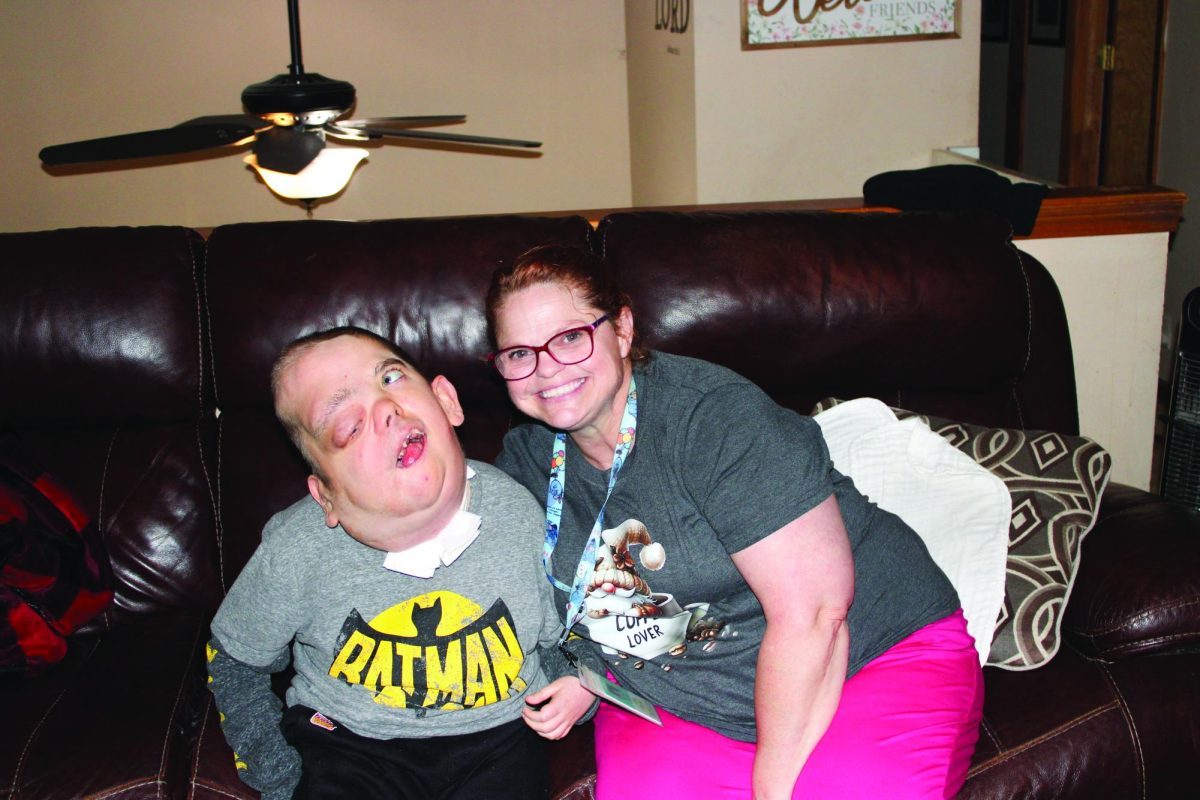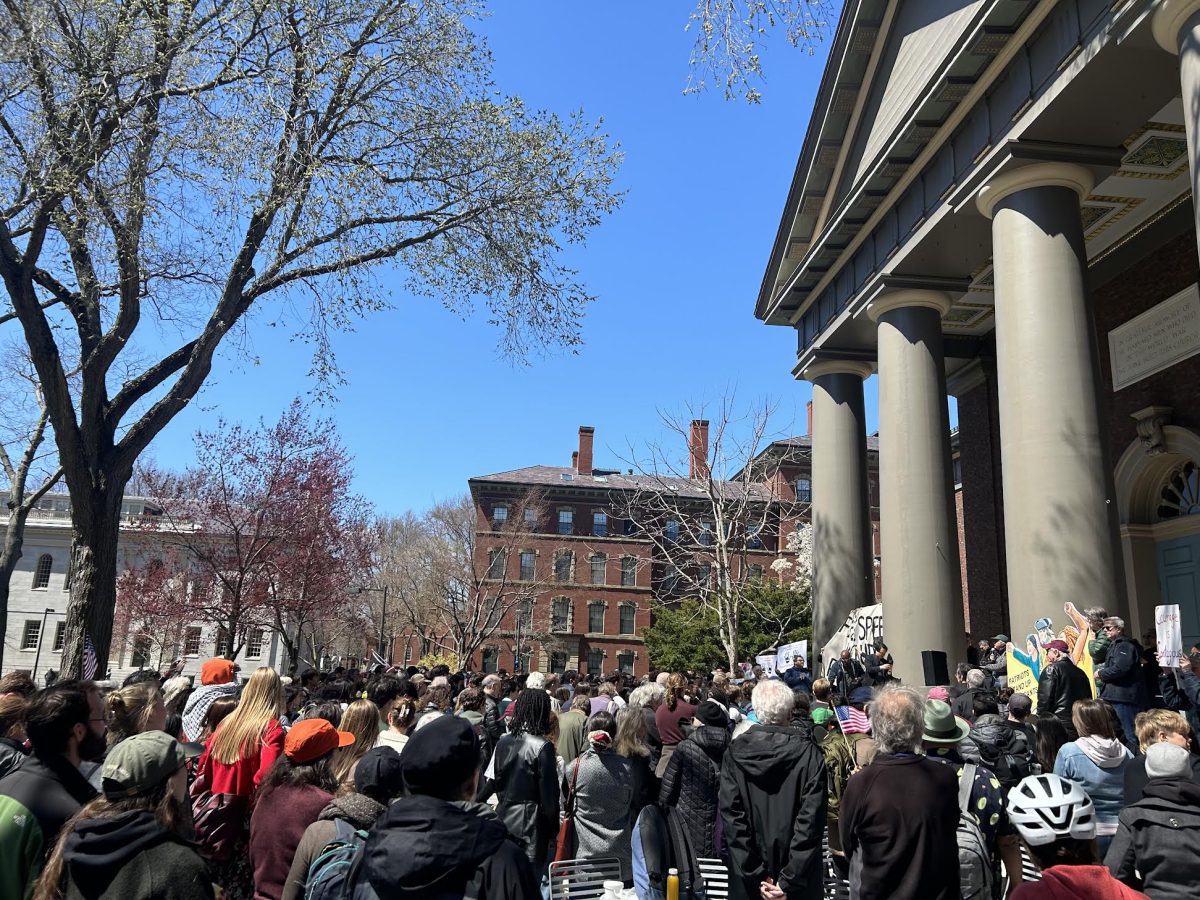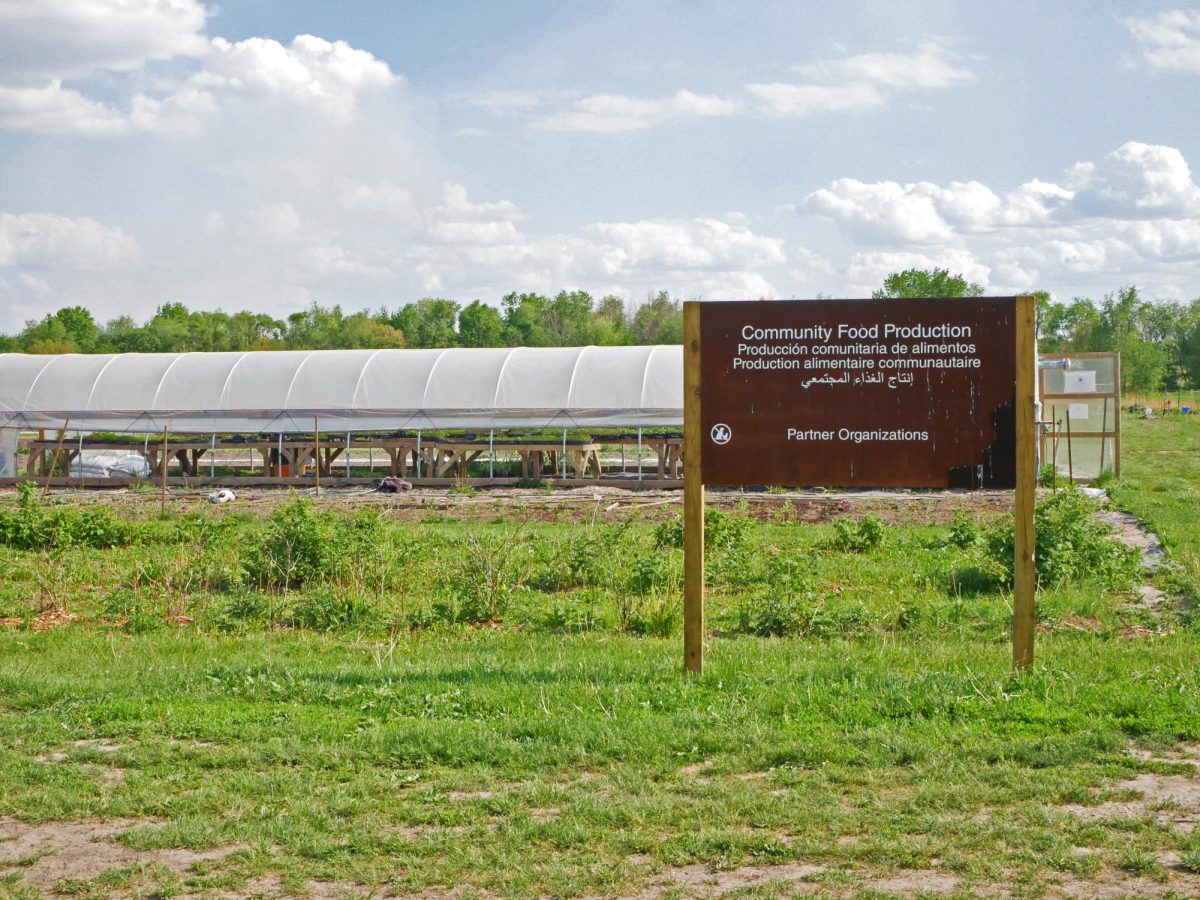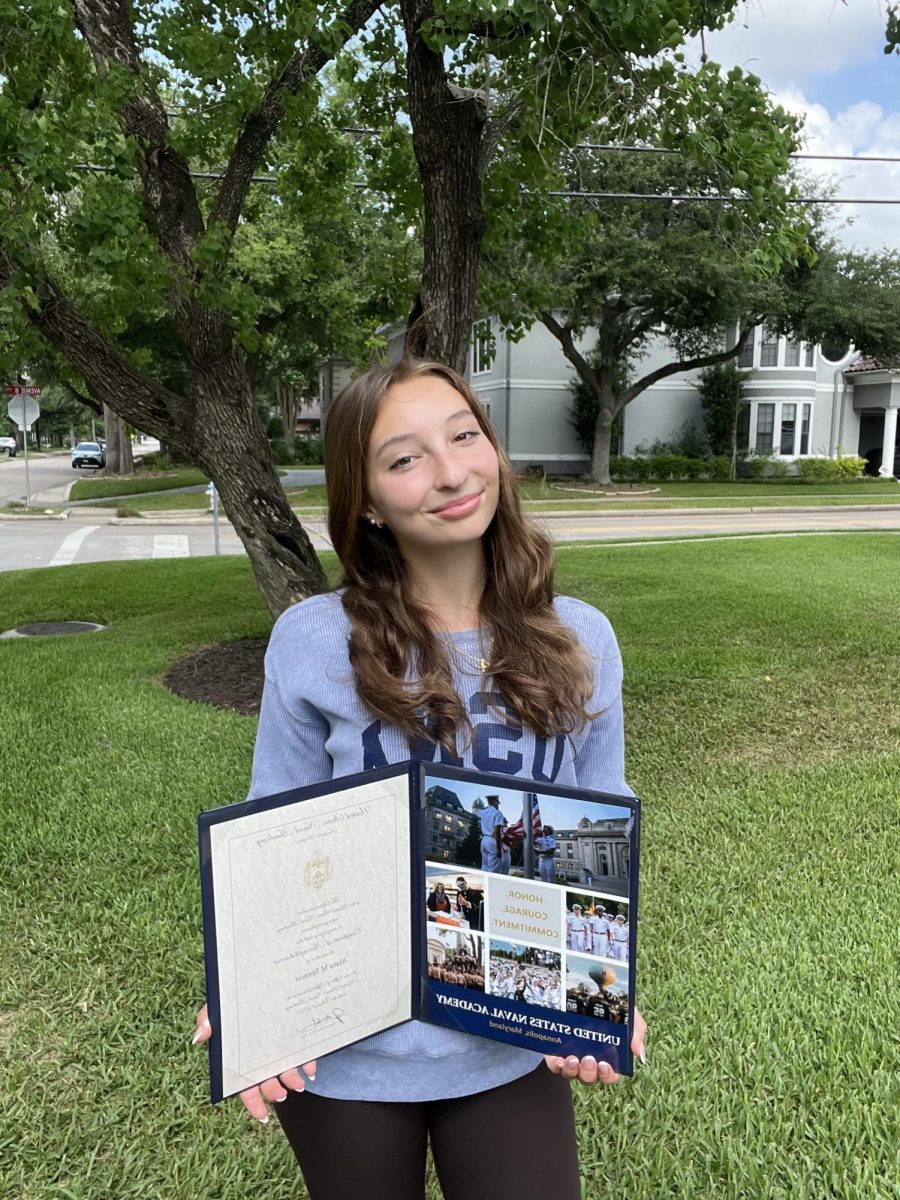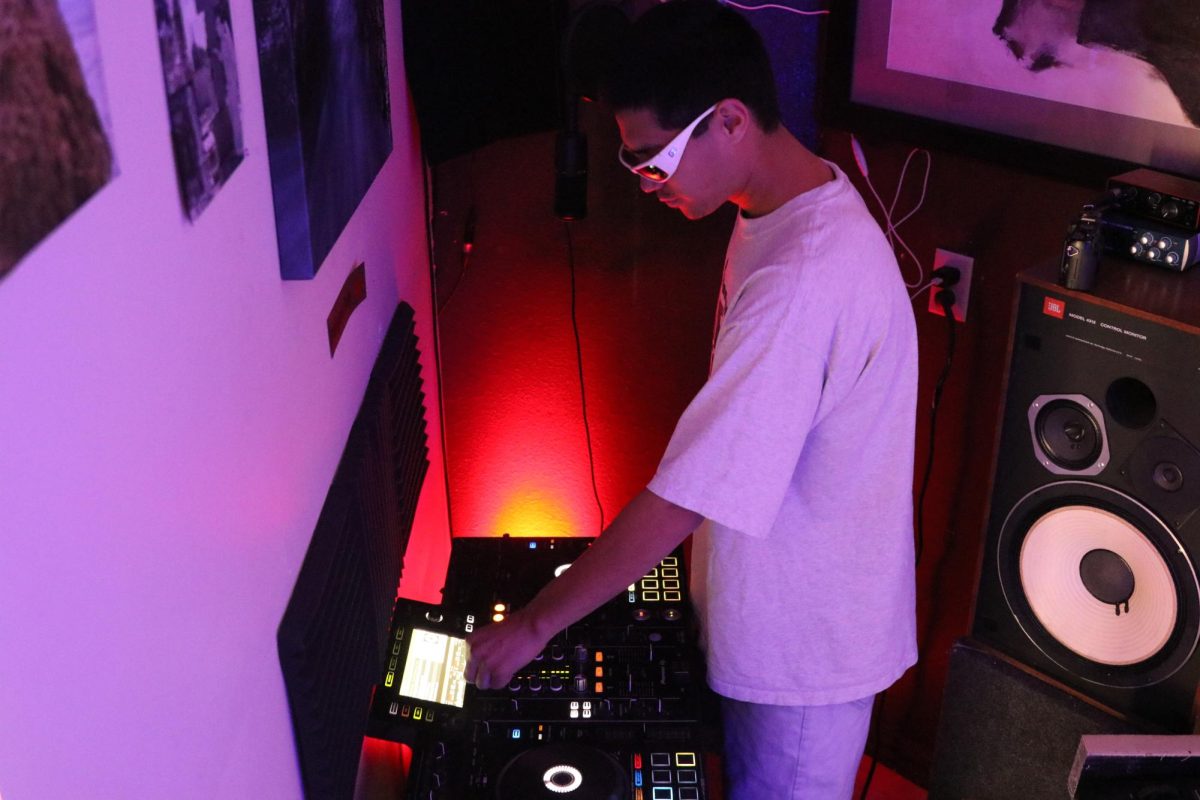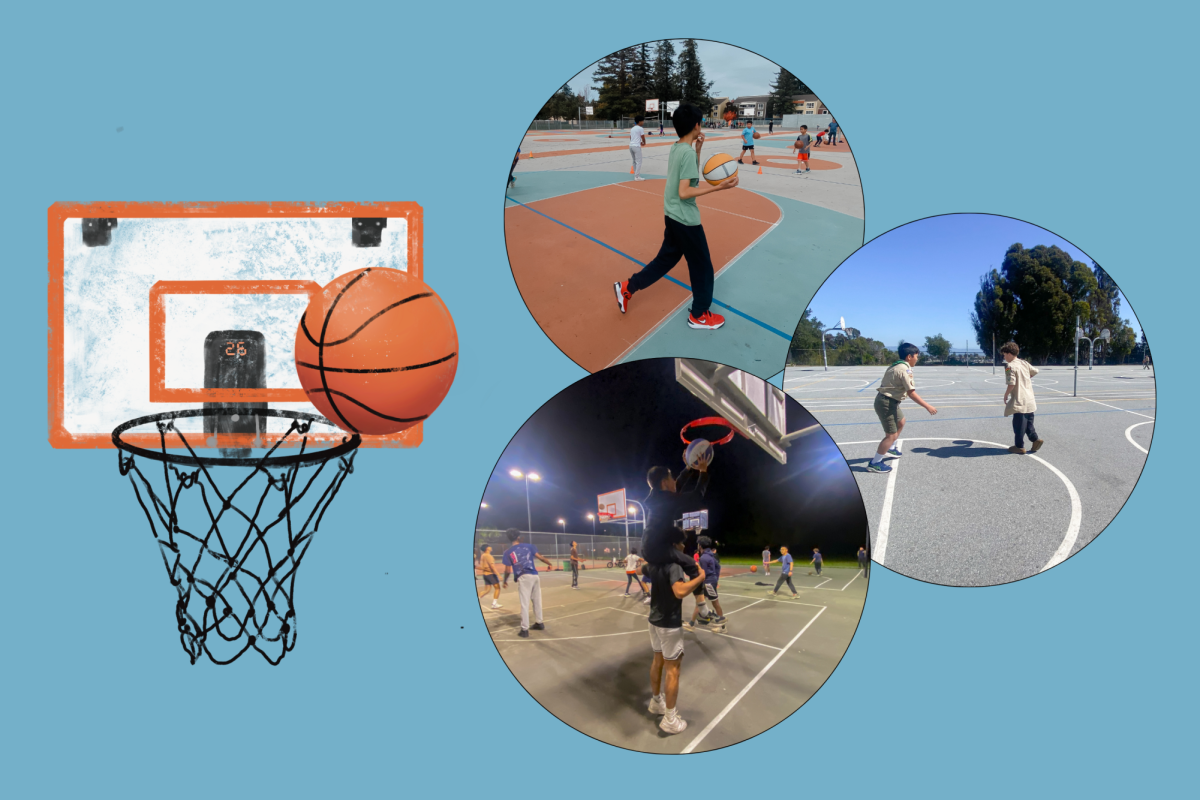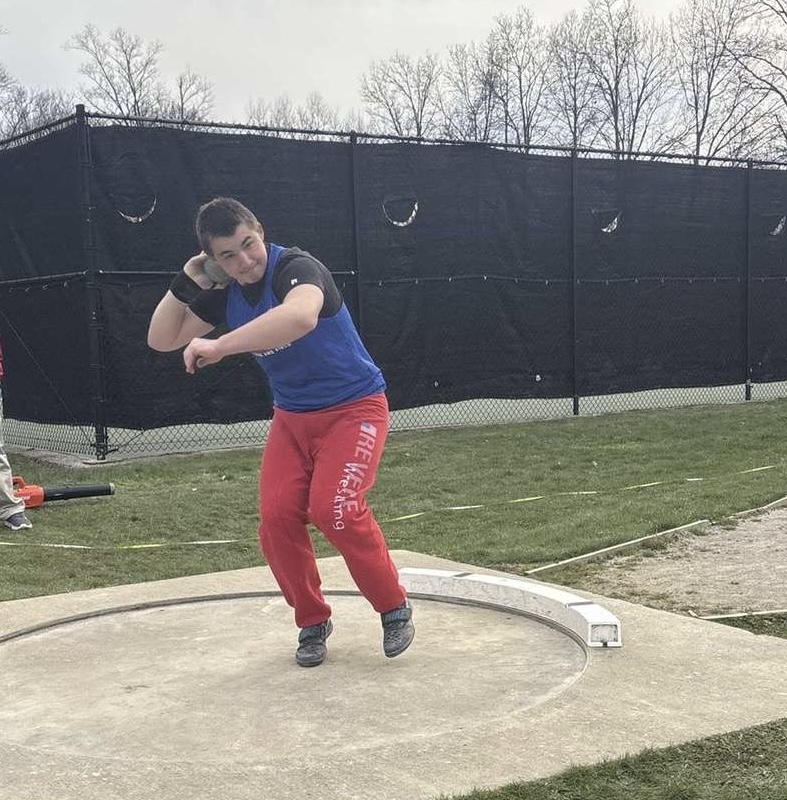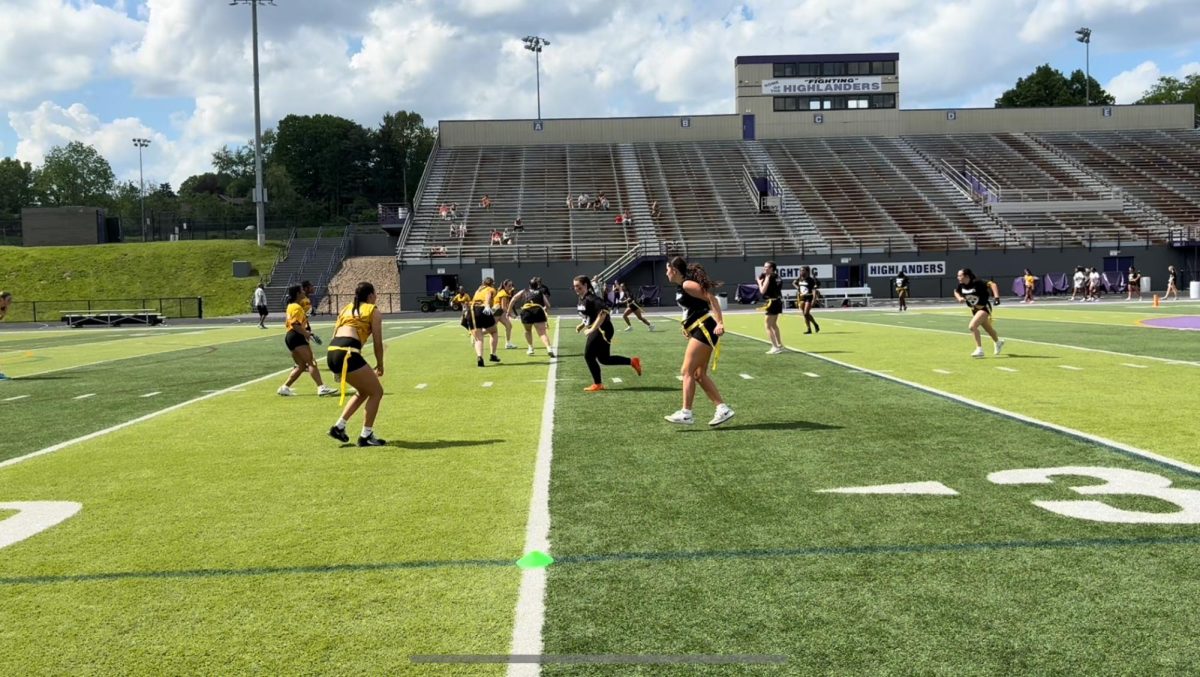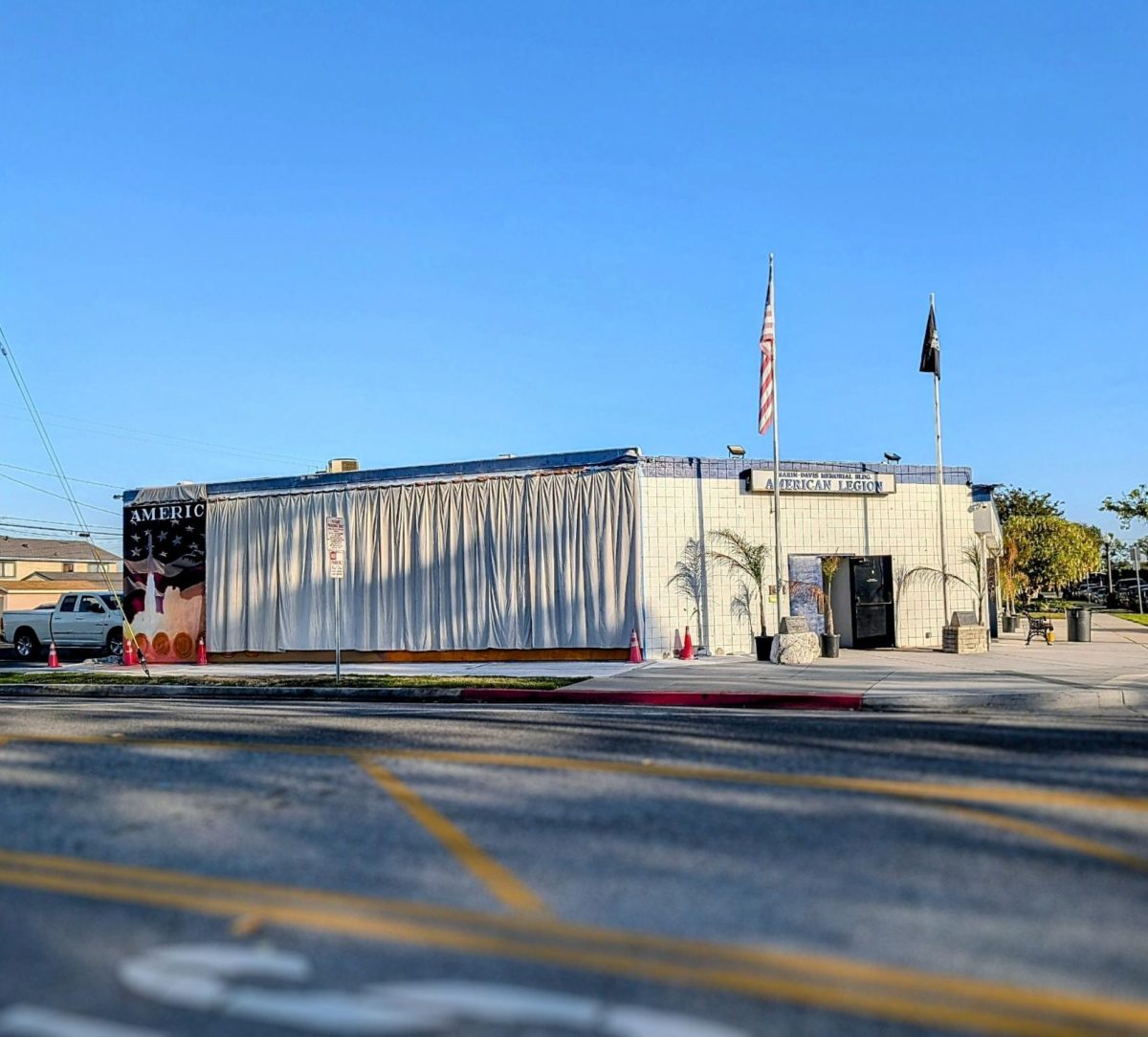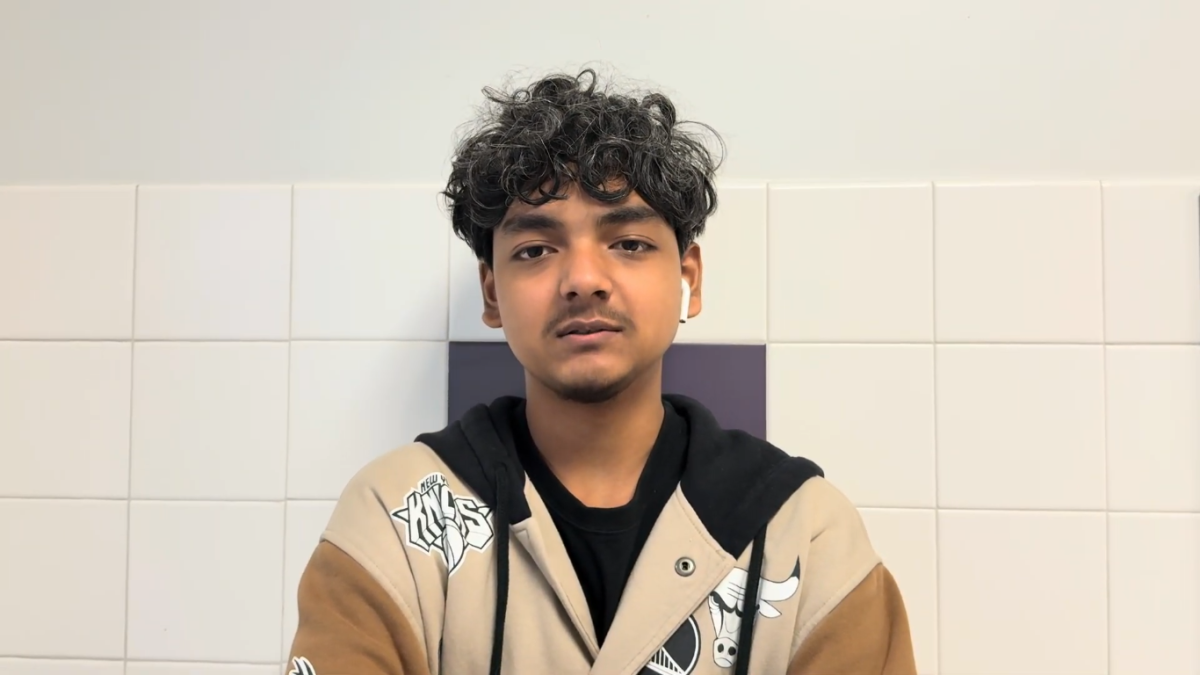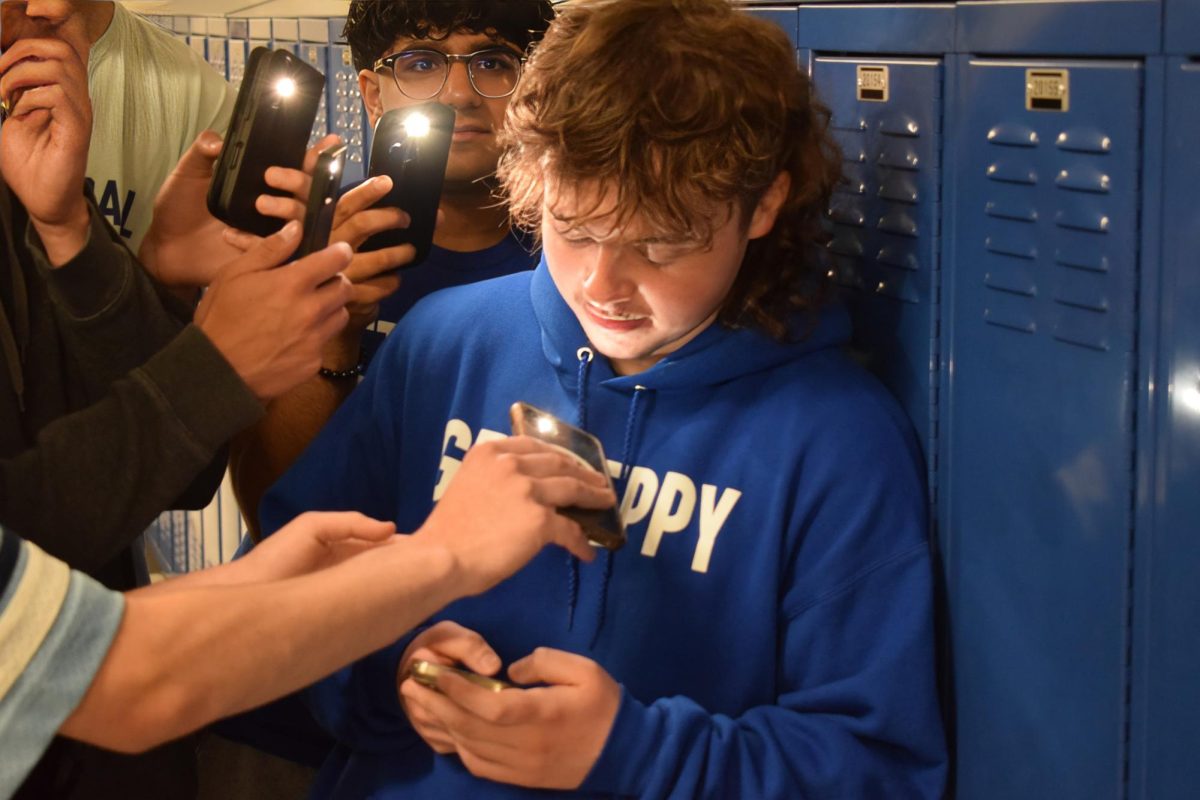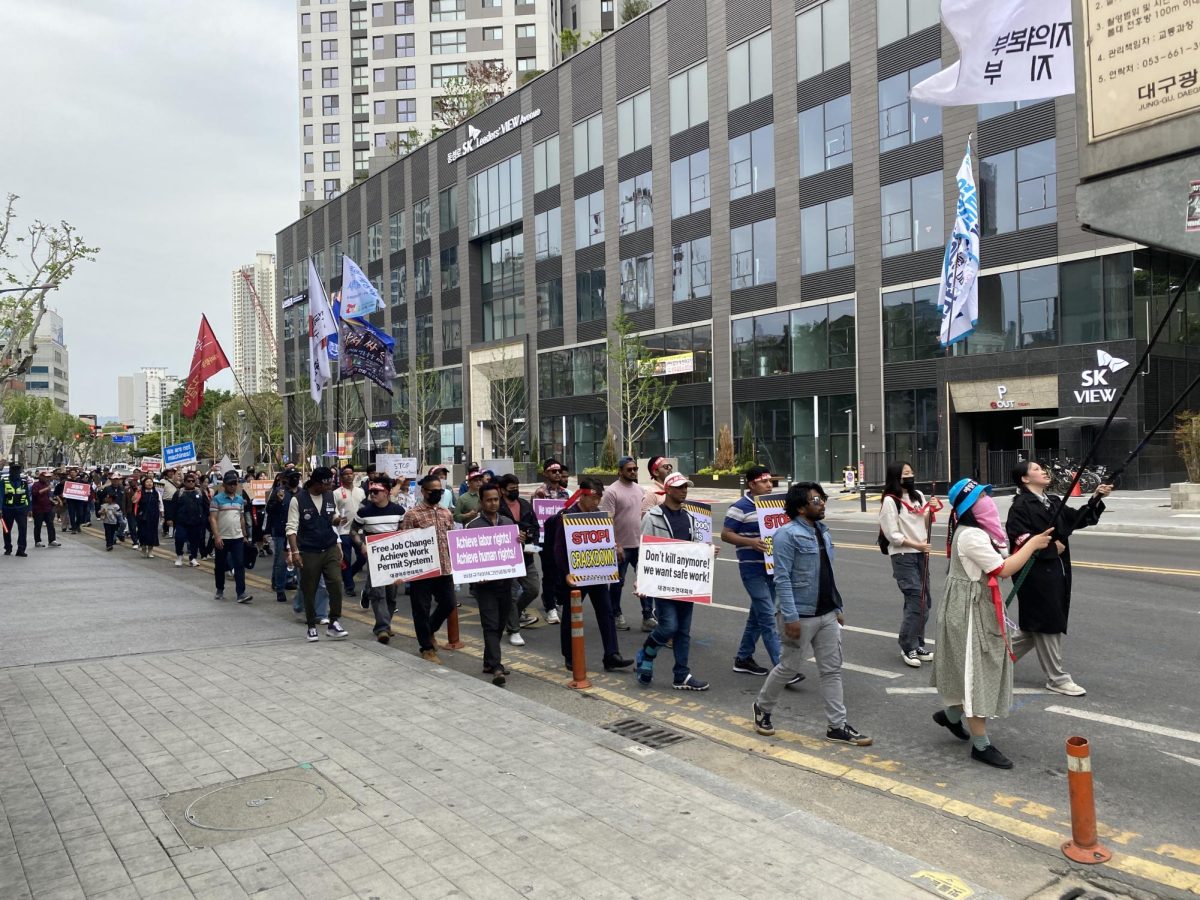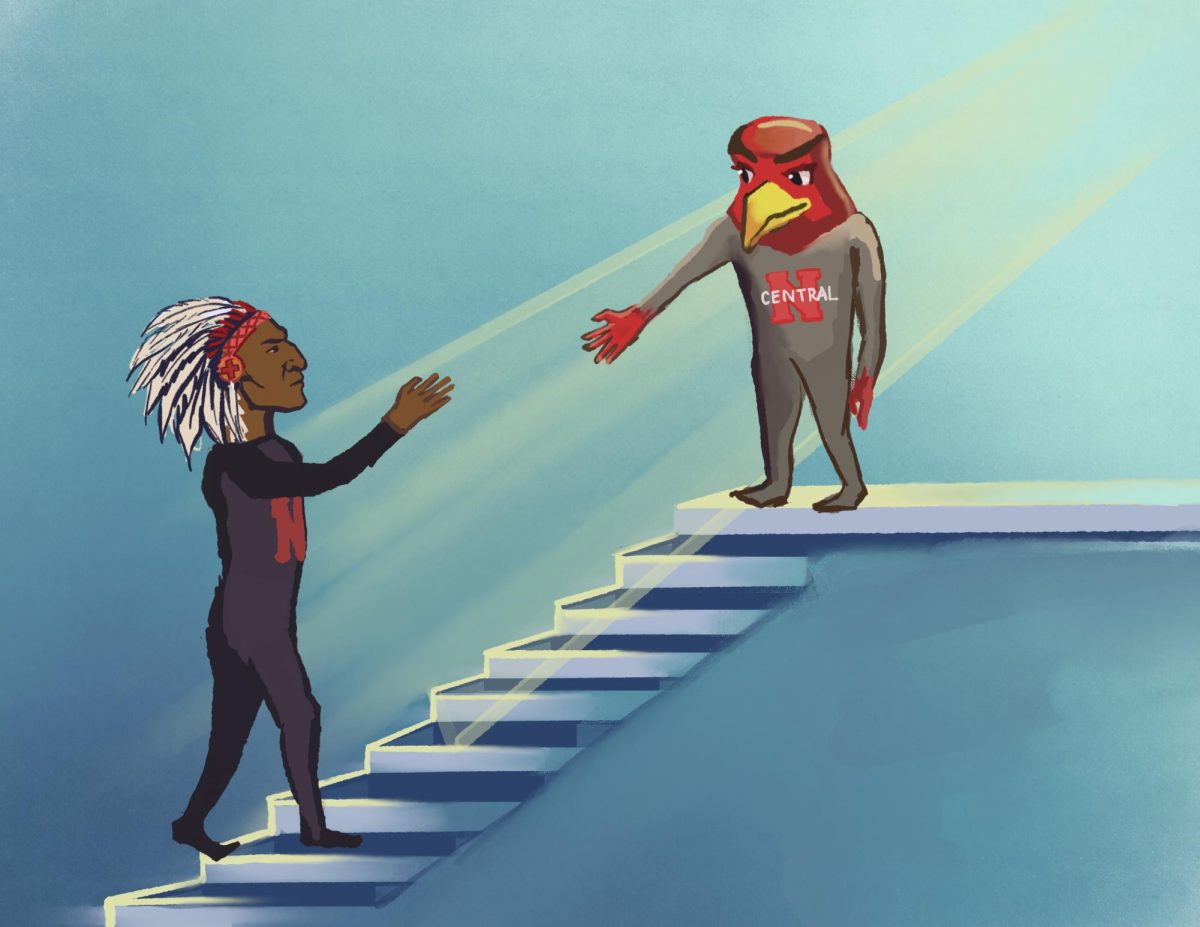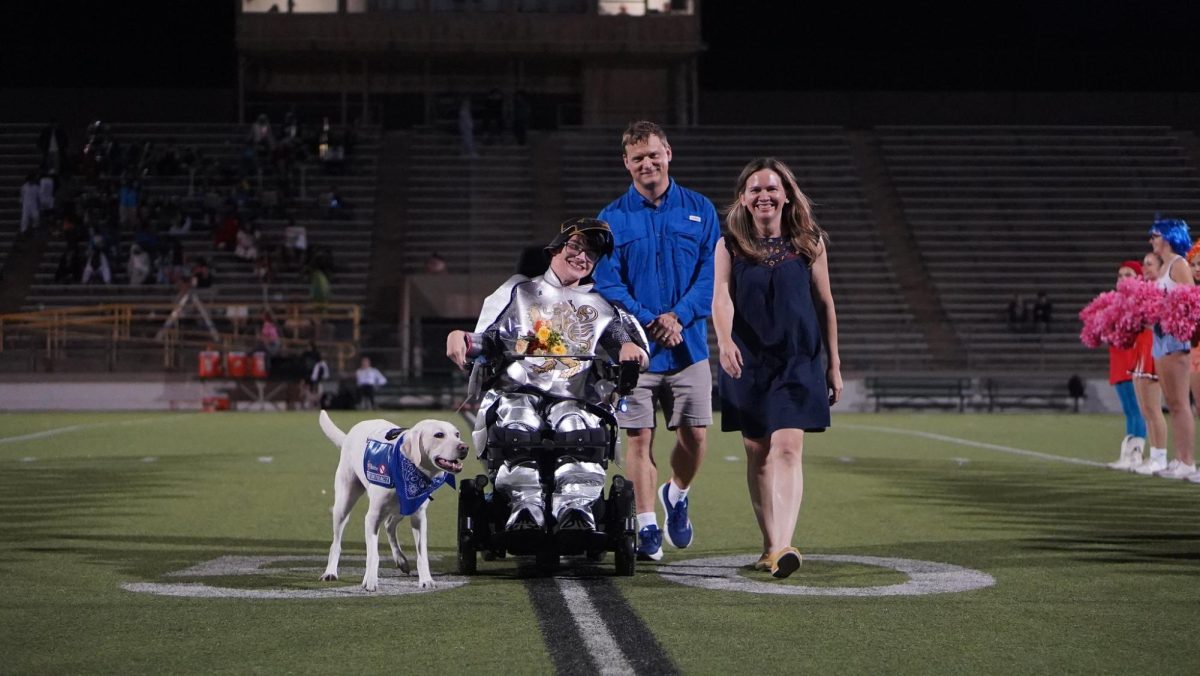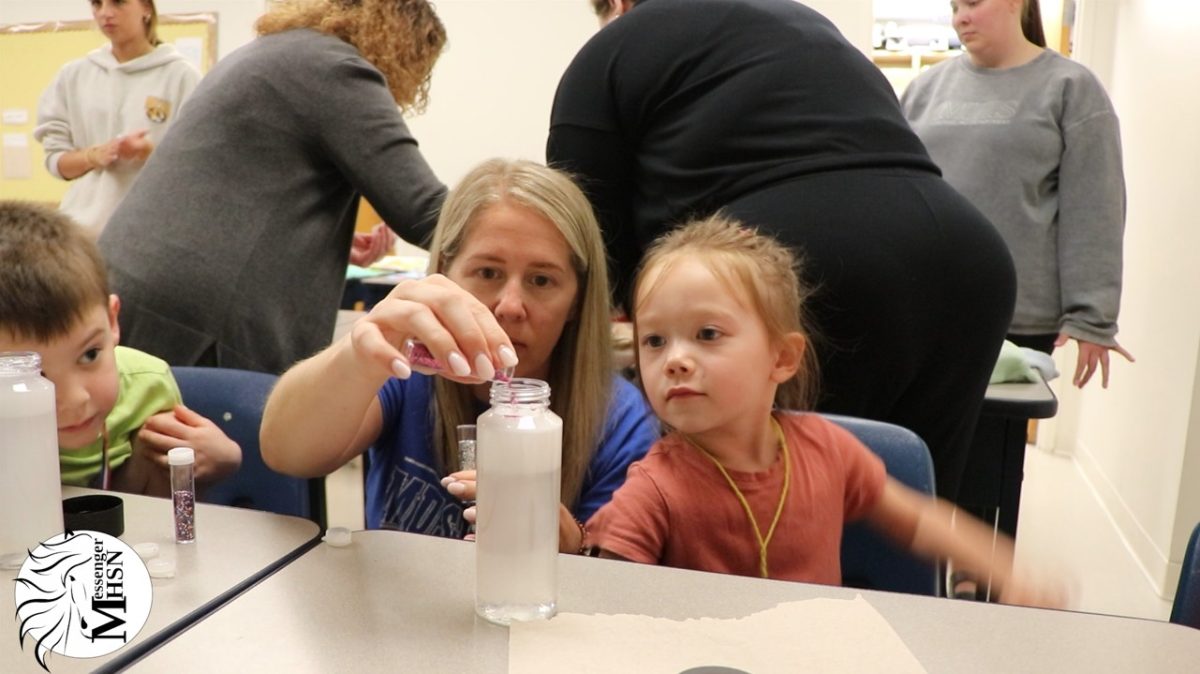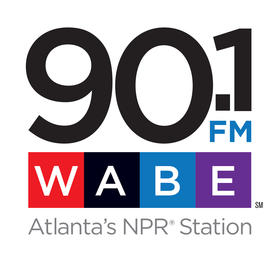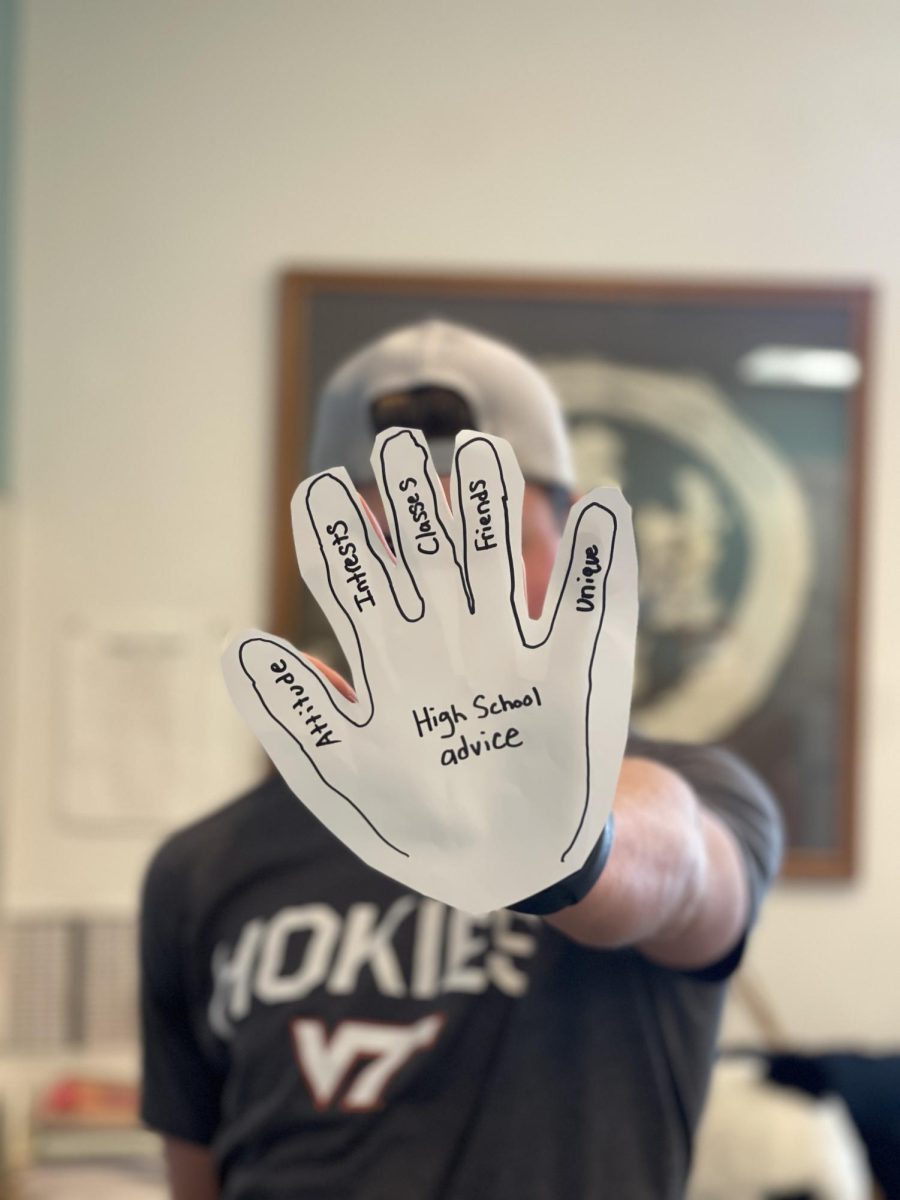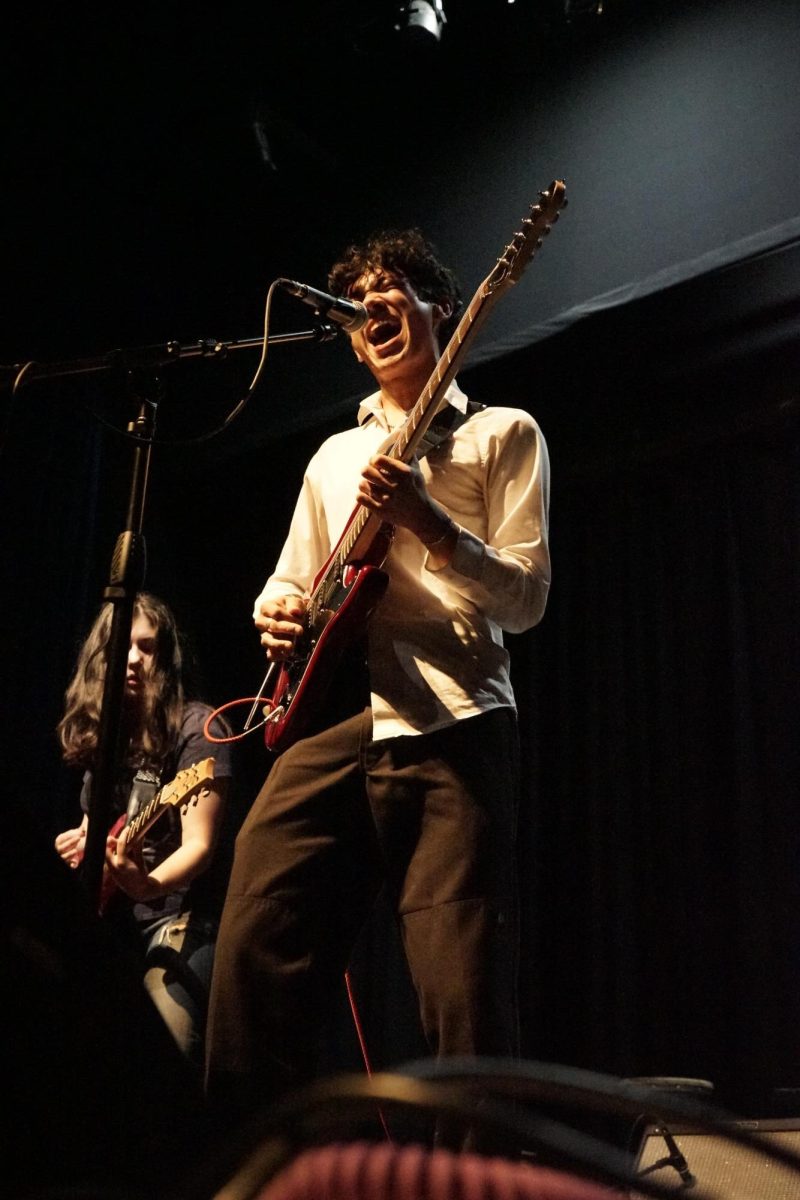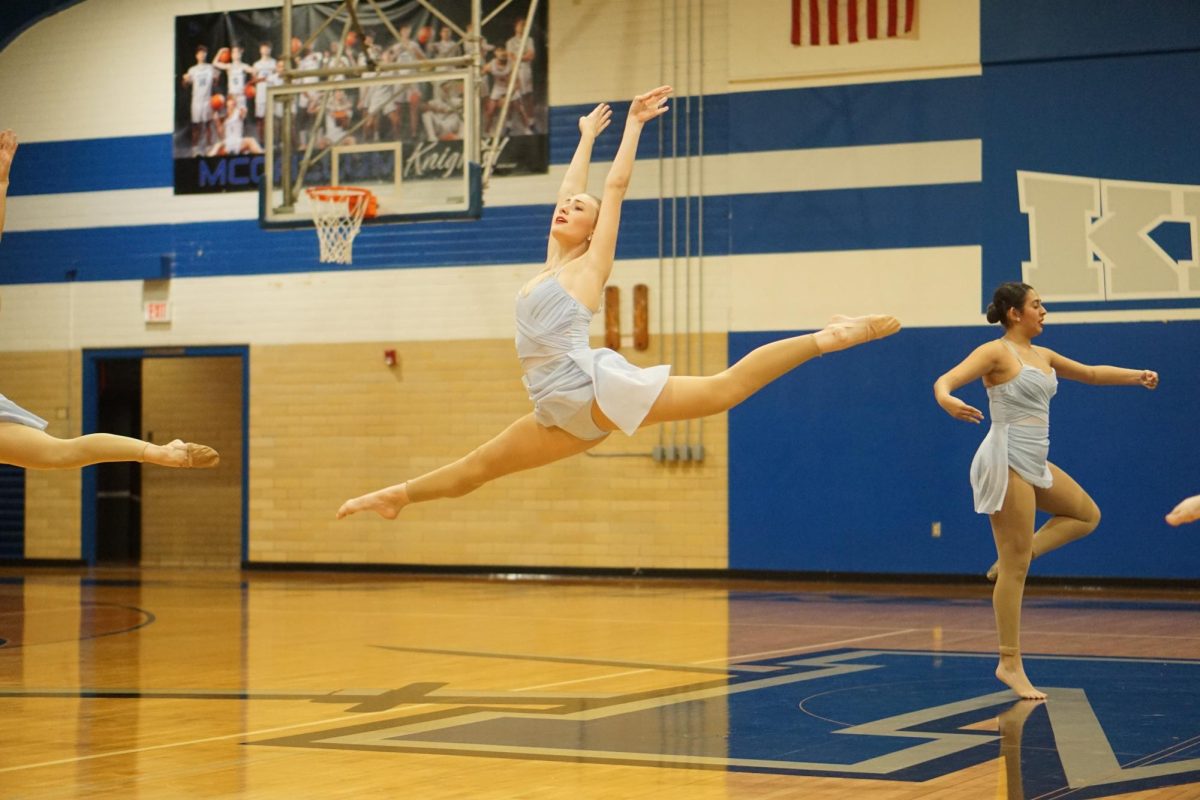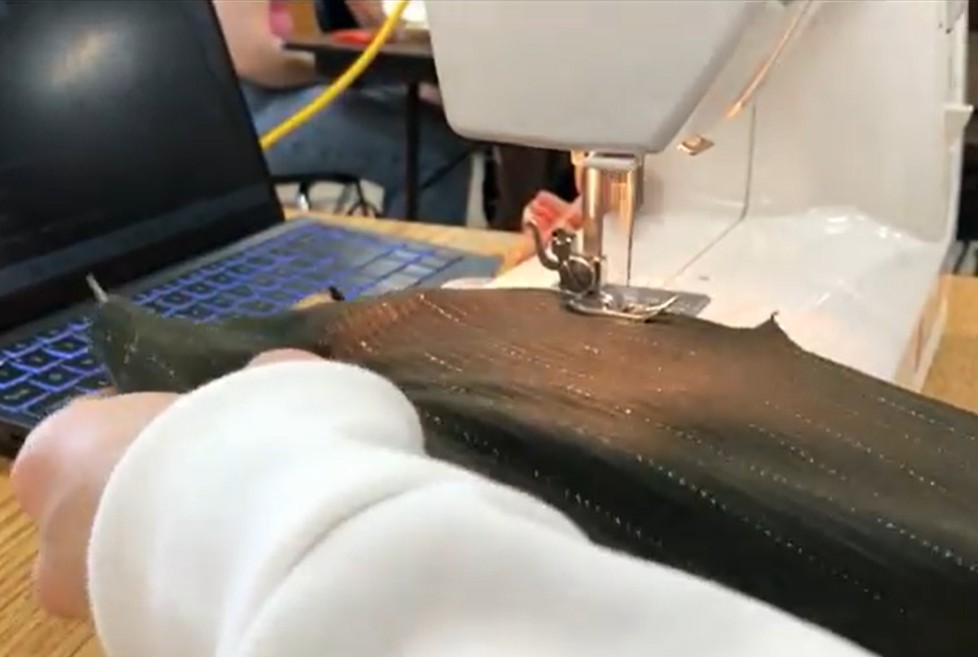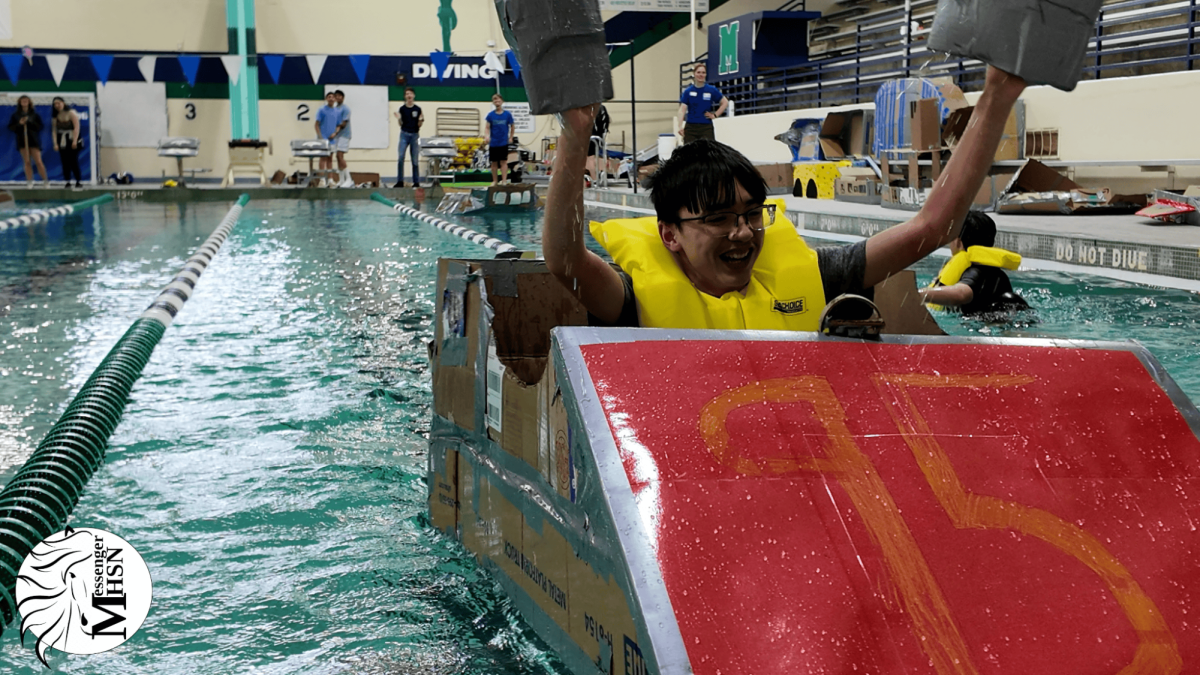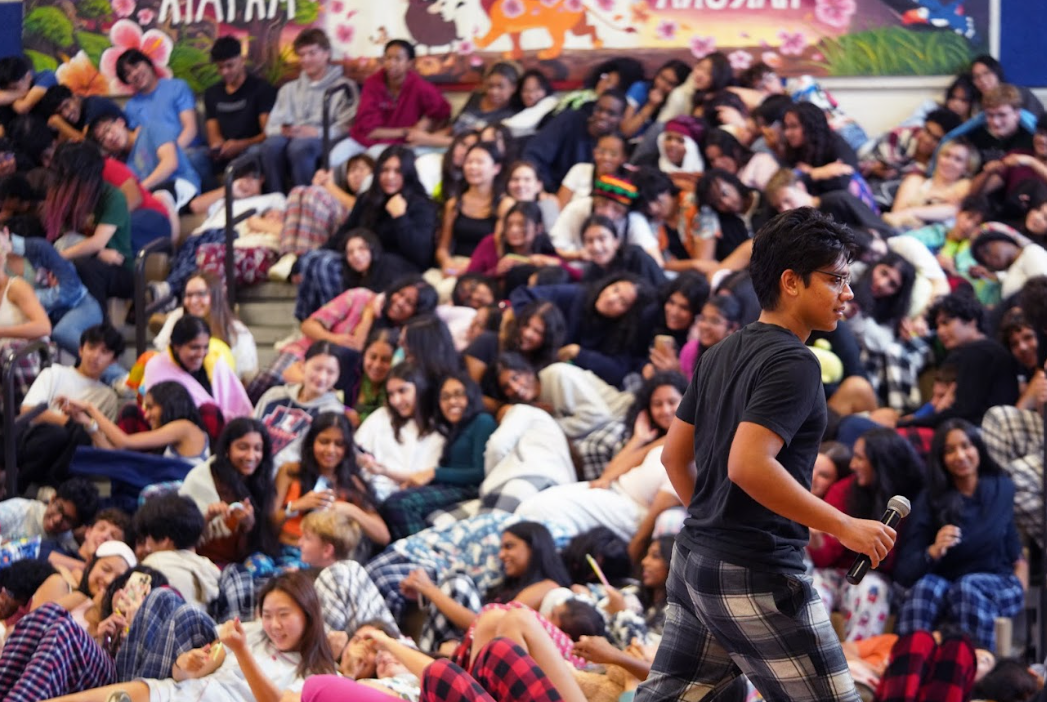The hallways are packed. Eighth period clubs are filling up. Teachers are moving from class to class. Jefferson’s student population is the largest it’s ever been, sitting at 2,133 students.

Rising Trends
The past four years were not the first time the population size at Jefferson has increased as a result of FCPS policy. Click the points on the graph below to see the important dates relating to Jefferson population’s change over time:
“Three times in my 23 years at [Jefferson], the School Board decided, on fairly short notice, to increase the class size in total,” Chemistry Analysis Research lab director Brian Kennedy said. “Many years ago, we were capped at 1,600, then it moved to 1,800, then 2,000 and then, more recently, 2,200.”
Jefferson, being a Governor’s School, receives 15 lab technology teacher positions in addition to the number of teachers other base schools in Virginia do. Despite that, as population size increased over the years, the increase in teacher population did not rise proportionally to students.
“As we’ve increased numbers, we’ve gotten more teachers from the county for the core courses, but we haven’t gotten an increase in lab director positions,” Kennedy said.
That resulted in an increase from a cap of 12 students in a senior research lab to 15 and a cap of 24 students in most class sizes to 30. The additional 15 lab technology positions allow Jefferson to have a lower cap for the senior research labs than the state maximum of 32.
“The resource lab shift from 12 to 15 [was] around 2014 and then the migration from 24 students to 30 was slowly over the past 10 years, which [was] county-driven,” Kennedy said.
More recently, due to an admissions change for the incoming class of the 2021-2022 school year, Jefferson has been steadily increasing in population size over the past four years.
“Compared to four years ago, we have almost 300 more students in the building [today] than we did [then],” Science and Technology division assistant principal Yaara Crane said.
Sharing rooms
Jefferson’s issue comes down to something less readily fixed: classroom space.
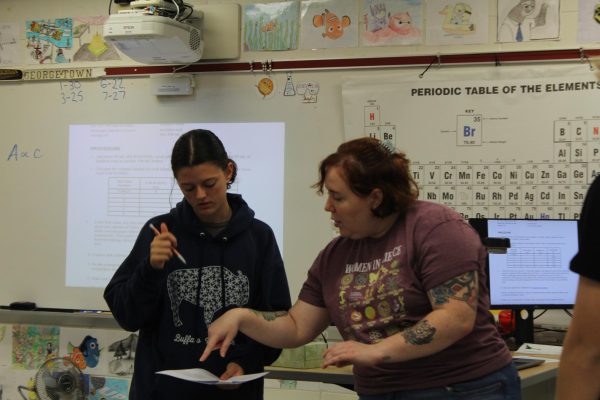
After principal Ann Bontitatbus refused to use common areas as classrooms to “preserve the spaces that [Jefferson had],” administration chose to have some teachers share rooms.
“We’re at a point [where] almost every room is being utilized six periods a day,” Crane said. “Once we know what [the] common planning period is, every teacher gets a second unassigned period. That’s how we start putting together the Lego pieces of who gets what rooms.”
Dealing with the change
The most apparent difficulty teachers face with the increased population size is covering content with more students in the same amount of given time.
“The pressure is to not reduce the quantity of stuff you do which translates to students getting required to do more with less teacher access,” Kennedy said. “The outcome is that everyone is maxed out and stressed because they’re trying to do more with less time.”
One way having more total students impacts science teachers is how they approach labs.
“The biggest change I’ve had to implement is spreading labs out over multiple days,” Kennedy said. “You’re juggling between trying to monitor students in the lab versus students in the classroom area, and some not doing the lab but have to still follow lab safety protocols because others are doing a lab.”
One thing teams are doing to negate this lack of time is having more common labs across different classes within the same team.
“Teachers in the same teams have been required to talk more about their schedules and their labs, [which] has led to doing more common stuff,” Owens said. “Dr. Kennedy and I do common labs in the organic elective so if we’re doing them at the same time, I don’t have to be in his space trying to set up something different.”
Beyond labs, teaching and grading in general are more difficult to manage with larger classes.
“So much of teaching comes down to time,” biology teacher Aubrie Holman said. “When you have 30 students in each class, you can’t grade and assess the way you could if you had 18 to 20. We’re committed to meeting together and helping each other plan. If we plan together and decrease the time we spend there, then we can increase the time spent to grade the work of five extra students per class. That’s the math that we’re working through now.”
Additionally, teachers who change rooms throughout the day have to find ways to have to find ways to transfer their materials across the school.
“Any papers that I’m using, or even lab stuff, I can’t just keep in the same place,” Owens said. “It has to travel with me or I have to put it in a different location so it’s not in the way of other teachers.”
Our new normal
Given the admissions change by FCPS, sharing classrooms will become Jefferson’s new normal for the foreseeable future.
“Some of the foreseeable challenges of major funding limitations would be that expensive equipment in some of the research labs would eventually become obsolete and not able to be replaced, which in turn, would have major impacts on the curriculum that they offer,” Kennedy said. “In time, we may go back to the 2000s era of no real advanced equipment to do meaningful lab work or research work.”
Additionally, the electives and classes taught will have to be prioritized based on their necessity to the Jefferson population. Which classes students get into will also depend on the available class periods and rooms.
“For instance, sophomores used to have more of an opportunity to take lab electives in prototyping or engineering,” Bonitatibus said. “It may be that now you have to wait till your junior year before you can access that elective because the rooms are being used for all of the periods.”
Overall, small adjustments on the part of the student body can make the most significant difference.
“If we have tons and tons of students but they all are helping clean up after themselves, it decreases the load on us,” Holman said. “We have to be mindful that there’s more sharing in the same amount of space. If we all do a little bit, it helps a lot.”
This story was originally published on tjTODAY on November 13, 2024.

